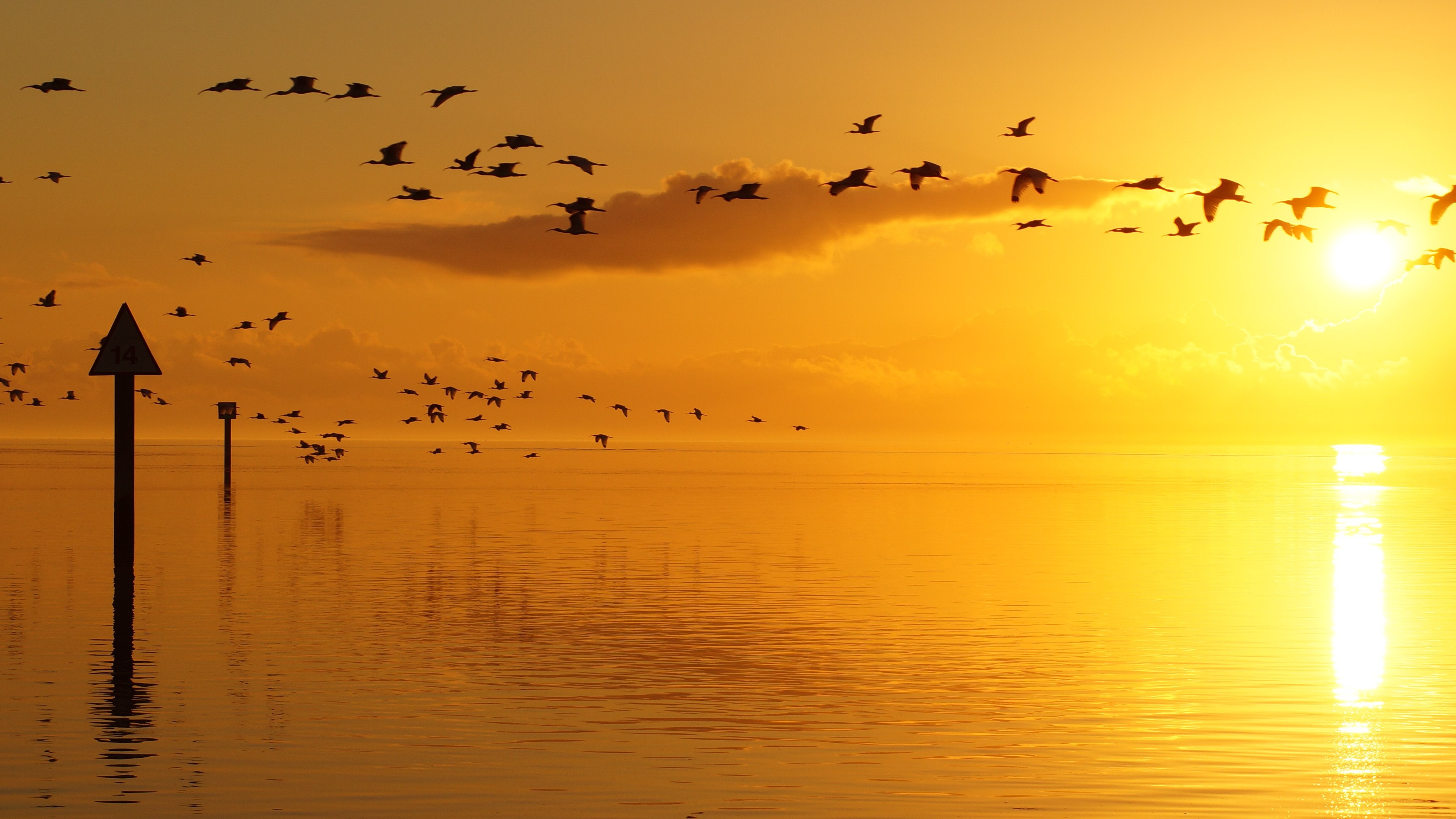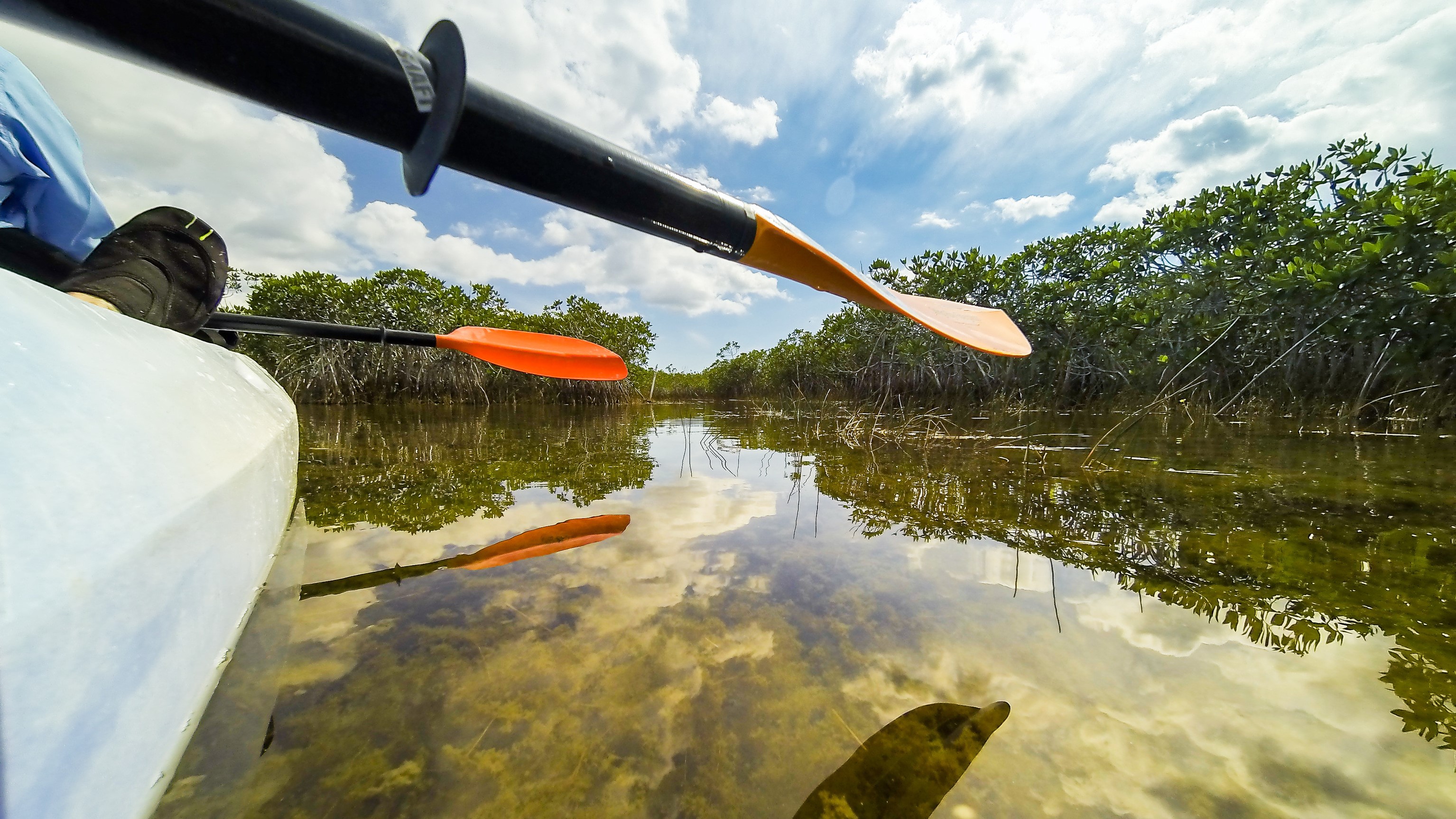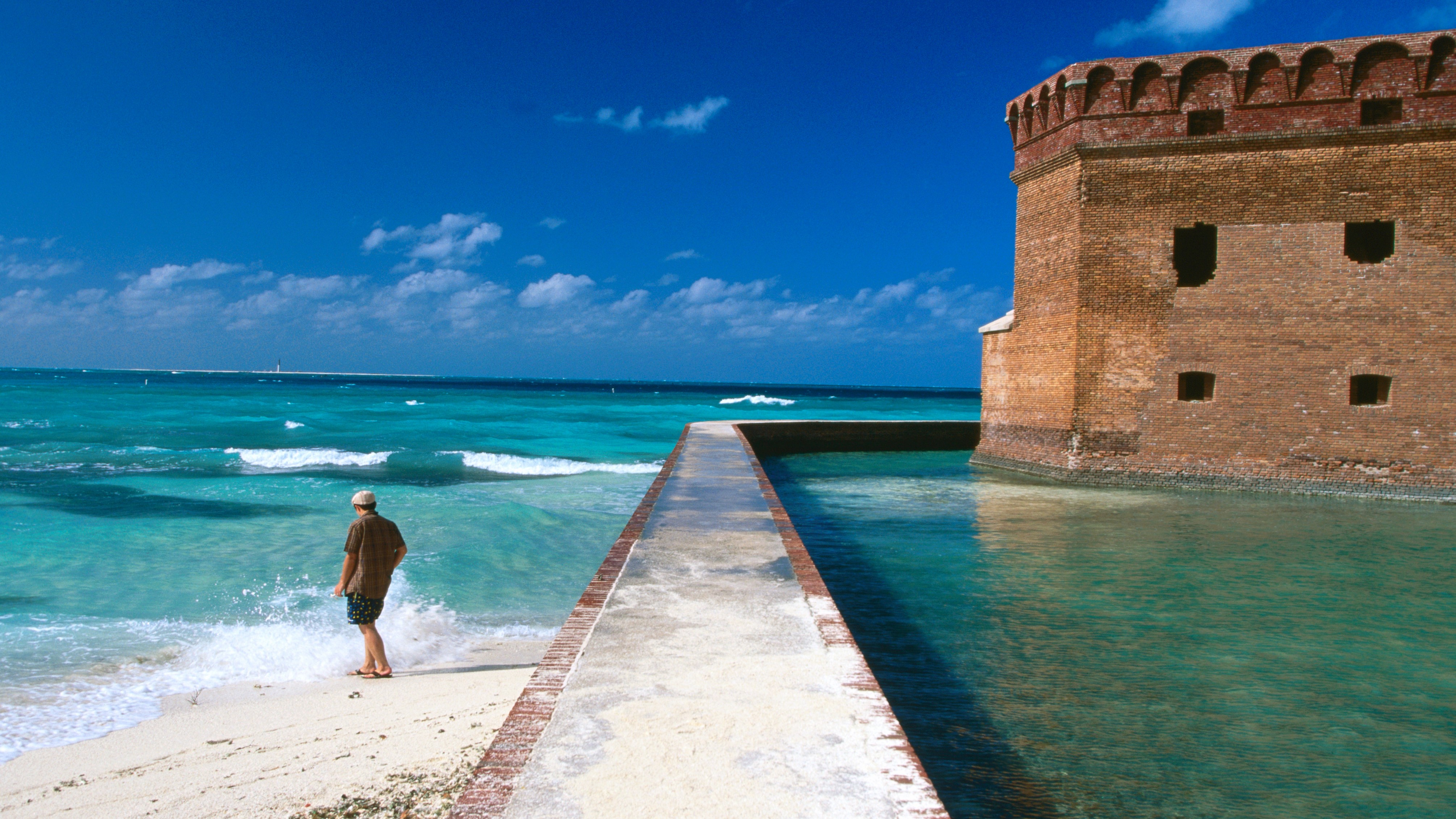Escape winter at these Florida National Parks
The three Florida National Parks deliver exotic wildlife viewing, precious coral reefs, fun water sports and lots and lots of sunshine

As a lover of adventure, there are lots of ways to deal with winter. You can grab a pair of snowshoes, an ice axe or a ski pass and embrace it. You can get a gym membership and pray for it to be over. Or you can head south and escape the cold. Though sun chasing is often associated with lounging on the beach with a good book – which isn’t necessarily all that enticing for adventure-seekers – there are plenty of more exciting escapades you can enjoy in warm weather and you don’t have to leave the country or fork out on an expensive trip to Hawaii to get there. The three Florida National Parks deliver exotic wildlife viewing, precious coral reefs, fun water sports and lots and lots of vitamin D. Though these parks can be a little warm in the summer months, winter brings pleasant daily highs in the 70s and 80s. Don’t forget your mosquito repellent and sunscreen for visiting these National Parks in any season!
Everglades

Everglades made our list of the best National Parks for families and is a wetlands preserve taking up the southern tip of Florida. The park is the largest subtropical wilderness in the US and is made up of grassy marshlands and mangroves that move slowly and are home to hundreds of subtropical species. Grab your best hiking boots and your binoculars, because in Everglades National Park you can stroll, kayak or take a boat cruise through the tropical wetlands and glimpse snapping crocodiles, alligators, manatees, turtles and even seek out the elusive Florida panther on the trails. There are two frontcountry campgrounds in the park, as well as lots of permitted wilderness camping areas that you mostly need a kayak or boat to reach.
Biscayne Bay

Just east of Everglades, Biscayne Bay isn’t exactly a hiker’s haven, but it still made our list of the best National Parks on the east coast. Biscayne Bay protects one of the largest coral reefs in the world and a large mangrove forest just south of Miami. The park is 95% water and is a paradise for wildlife viewing of species like albatrosses, sea turtles, whales, manatees, crocodiles and alligators – all of which you can enjoy while snorkeling, canoeing and kayaking. The average depth of Biscayne Bay is just six to 10 feet, while the highest elevation in the entire park is only nine feet above sea level. There are two campgrounds in the park, on Elliott Key and Boca Chita Key, both of which you can only reach by boat. Bring your best water shoes for this adventure!
Dry Tortugas

Lying 70 miles off the coast of Key West, Dry Tortugas National Park offers a magical hideaway with crystal clear waters and marine life. Needless to say, you can only reach this park by boat, ferry or seaplane, but once there, you’ll find seven small islands, one of which is home to Fort Jefferson; one of the nation’s biggest historic forts (which is no surprise when you consider how close to Cuba you are here). The islands are small, but there is a camping ground at Garden Key where you can enjoy spectacular stargazing at night. Once you’ve pitched your tent, explore this park by sea kayak or SUP which you can hire in Key West, or snorkel around the coral reefs.
Advnture Newsletter
All the latest inspiration, tips and guides to help you plan your next Advnture!
Julia Clarke is a staff writer for Advnture.com and the author of the book Restorative Yoga for Beginners. She loves to explore mountains on foot, bike, skis and belay and then recover on the the yoga mat. Julia graduated with a degree in journalism in 2004 and spent eight years working as a radio presenter in Kansas City, Vermont, Boston and New York City before discovering the joys of the Rocky Mountains. She then detoured west to Colorado and enjoyed 11 years teaching yoga in Vail before returning to her hometown of Glasgow, Scotland in 2020 to focus on family and writing.

